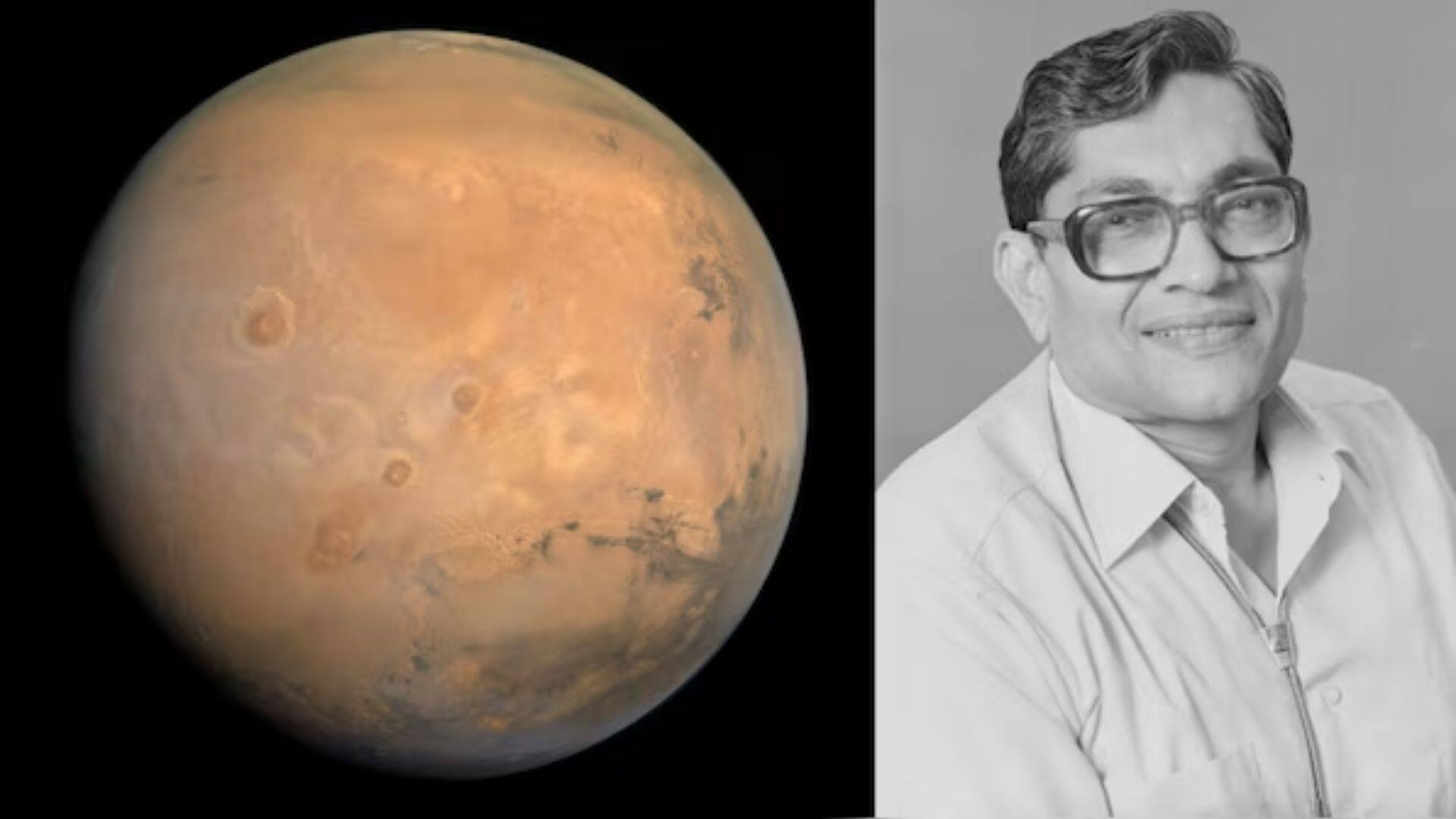
The International Astronomical Union (IAU) recently named three newly discovered craters on Mars, located in the Tharsis volcanic region, after a prominent figure in India’s science community and Indian locations.
These craters were officially named following recommendations from the Physical Research Laboratory (PRL) in Ahmedabad, India, highlighting a significant tribute to both scientific achievement and cultural heritage.
The largest of these craters, measuring approximately 65 kilometers in diameter, was named ‘Lal Crater’ in honor of Professor Devendra Lal. Professor Lal, who led PRL from 1972 to 1983, made substantial contributions to cosmic ray physics and space research, leaving a lasting impact on the scientific community.
Adjacent to Lal Crater are two smaller craters: ‘Mursan Crater’ and ‘Hilsa Crater’. Mursan Crater is named after the town of Mursan in Uttar Pradesh, India, while Hilsa Crater takes its name from the town of Hilsa in Bihar, India, both of which hold cultural and historical significance.
The discovery of these craters was made possible by SHARAD (Mars SHAllow RADar sounder), a radar system mounted on NASA’s Mars Reconnaissance Orbiter (MRO). SHARAD technology enables scientists to probe beneath Mars’ surface, revealing details about its geological composition and history.
For example, SHARAD identified substantial sedimentary deposits in Lal Crater, providing compelling evidence of past water flow on Mars. This discovery enhances our understanding of Mars’s ancient climate and potential habitability, shedding light on the planet’s evolution over billions of years.













